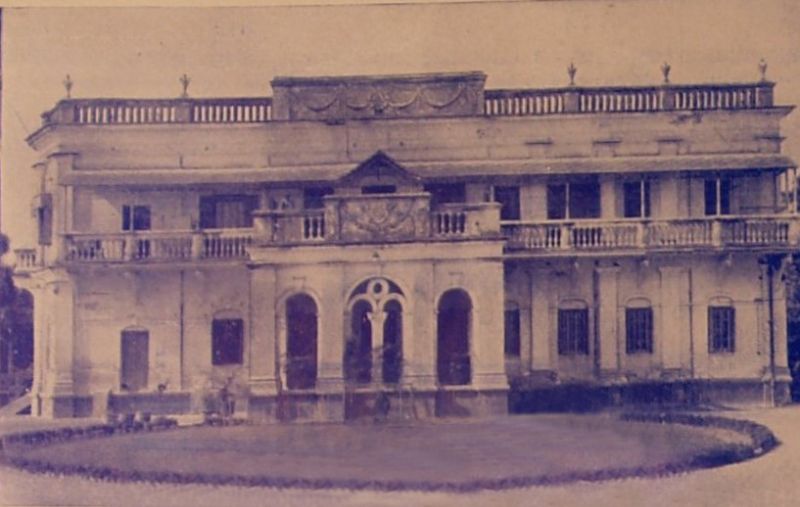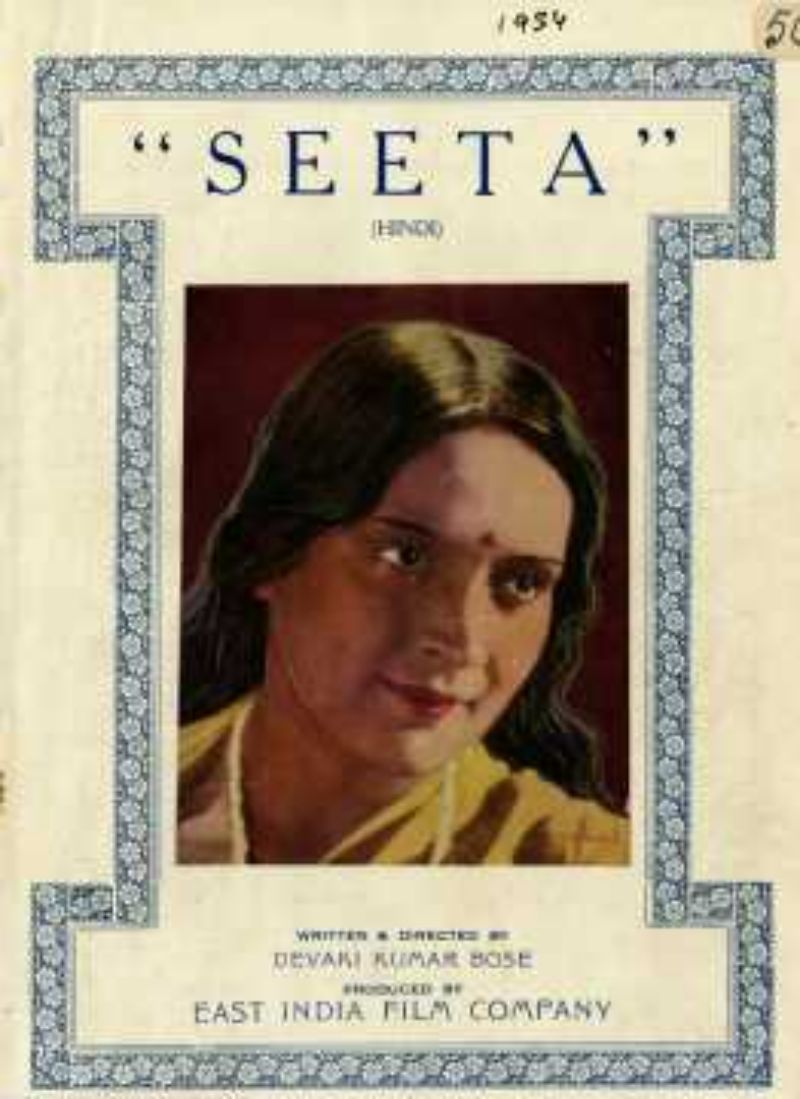
East India Studio
Address: Moore Avenue
Years Active: 1932-1960s?
First Film: Jamuna Puline
Language: Bengali
Director: Priyanath Gangopadhyay
Released on: 21.01.33 at Rupabani
In July 1932, a new talkies studio advertised to announce that its journey was beginning with the latest models of RCA Photophone and Mitchell camera. This studio was also the first in India to get an automatic development machine. Raibahadur Motilal Chamaria generously provided the funding. BM Khemka was the proprietor. Priyanath Gangopadhyay, one of the pillars of Madan, came in as the general manager. He was entrusted to oversee the production. Just before this, Gangopadhyay had fallen out with the Madans. Along with him, others like cinematographer Jatin Das and art director Batu Sen also came in. Sound recordist Willman came in from RCA Photophone. Multilingual films in Bengali, Hindi and Urdu were made in this studio. Stalwarts like Agha Hashar Kashmiri, Abdur Rashid Kardar, Prithviraj Kapoor, Durga Khote have worked here at various times.In Bengali, successful films like Jamuna Puline (1933), Payer Dhulo (1935), Sonar Sansar (1936) were also shot at the East India Studio. In the 1930s, the biggest hit was Debaki Kumar Bose’s Sonar Sansar. It was at East India Studio that the likes of Indubala and Kamala Jharia made their acting debut in Jamuna Puline. Just like Gangopadhyay, Dhiraj Bhattacharya too quit Madan and joined this studio. He, however, quit East India Studio soon after doing Jamuna Puline. The reason was his interest in setting up his own studio. BL Khemka did not stay on after 1937. Chamaria himself took over the reins of the studio up until the World War II broke out and wrecked havoc with it.East India was known for its flashy decor. An eye-catching fountain came up when Madhu Bose shot his Urdu film titled Selima (1941). People were awe-struck by the looks of the studio. But this flamboyance was not for keeps. During the war, that studio was taken over by the allied forces. A garage to repair army vehicles was set up here. The studio was in a ramshackle condition when Chamaria got it back after the war ended. The responsibility to run the studio went to JC Bothra of Motilal Theatres. A fire broke out in one of the floors sometime during 1951. The studio was subsequently renovated and reopened. For ten years, shooting continued there. It was in the early 1960s that the studio went on a decline. The huge building was left almost empty. But nature does not allow any void. With time, this building became a shelter for many setters. Kolkata has been witness to an uninterrupted flow of migrants. The city has never refused shelter to anyone. East India today is one such shelter for many.
Selected Bengali Filmography
Jamuna Puline (1933), Sabitri (1933), Bilwamangal (1933), Bidrohi (1935), Payer Dhulo (1935), Pather Sheshe (1936), Sonar Sansar (1936), Jakher Dhan (1939), Biswamitra (1952), Kajari (1953)
These films were shot at East India Studio:
Parapare (1936), Ranga Bou (1937), Debjani (1939), Byabadhan (1940), Ahuti (1941), Nimai Sanyas (1941), Mahakabi Kalidas (1942), Pallisamaj (1952), Subhada (1952), Raat Bhor (1955), Taka Ana Pie (1956), Kancha Mithe (1957), Rastar Chhele (1957, jointly with NT 1), Jamalaye Jibanta Manush (1958), Manmoyee Girls’ School (1958), Amrapali (1959), Sagar Sangame (1959), Sashibabur Sansar (1959), Sakher Chor (1960)
Did You Know?
It was at East India Studio that India’s first international award-winning film was made. Debaki Kumar Bose’s Seeta (1934) was shot in Hindi. Prithviraj Kapoor and Durga Khote were in the film’s cast. It won an honorary diploma at the 2nd Venice International Film Festival in 1934.


